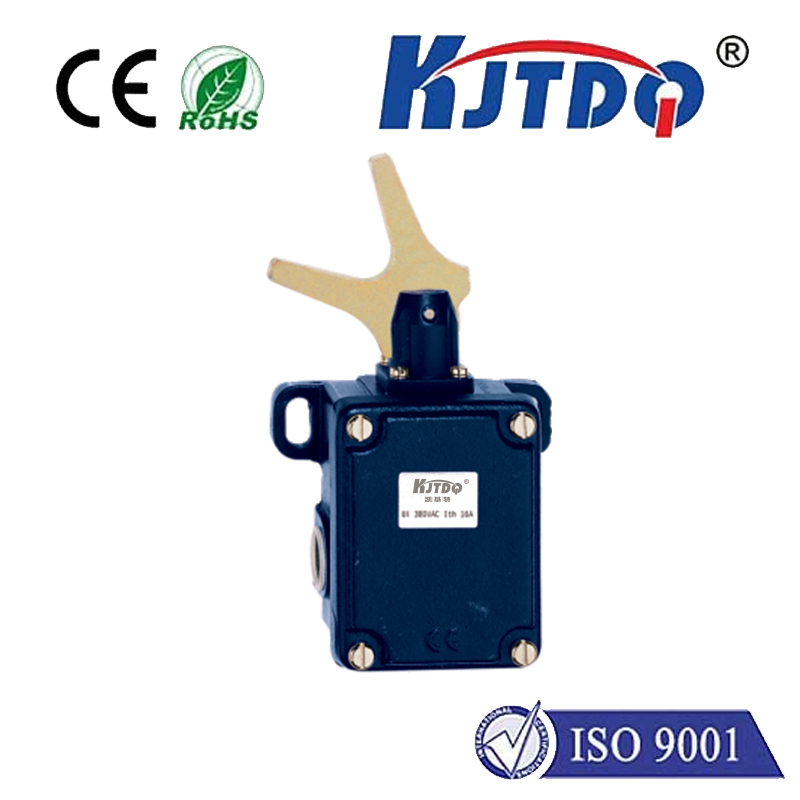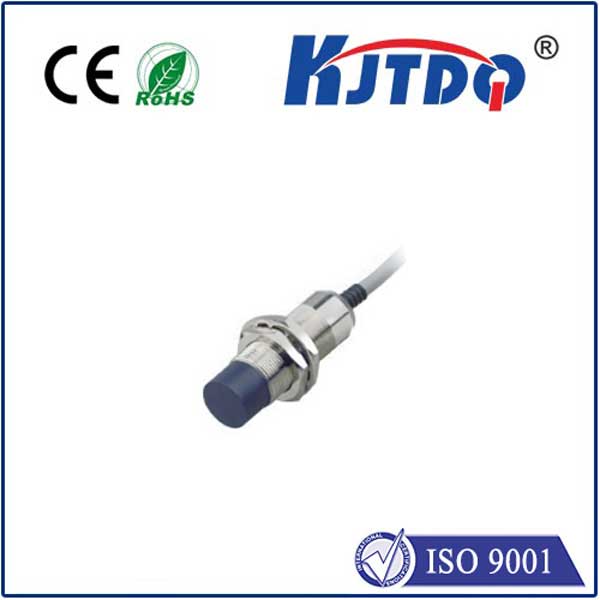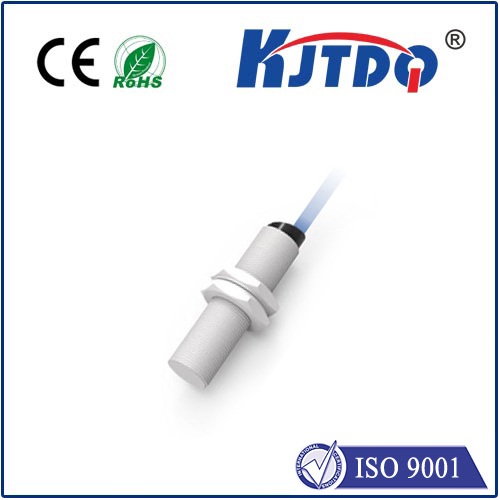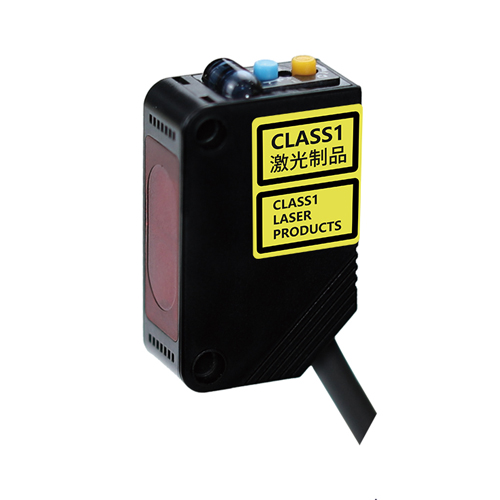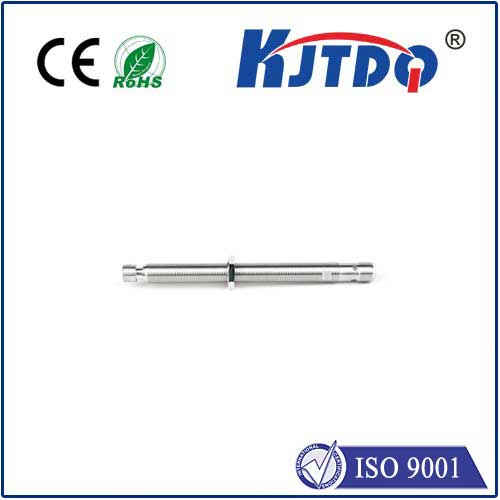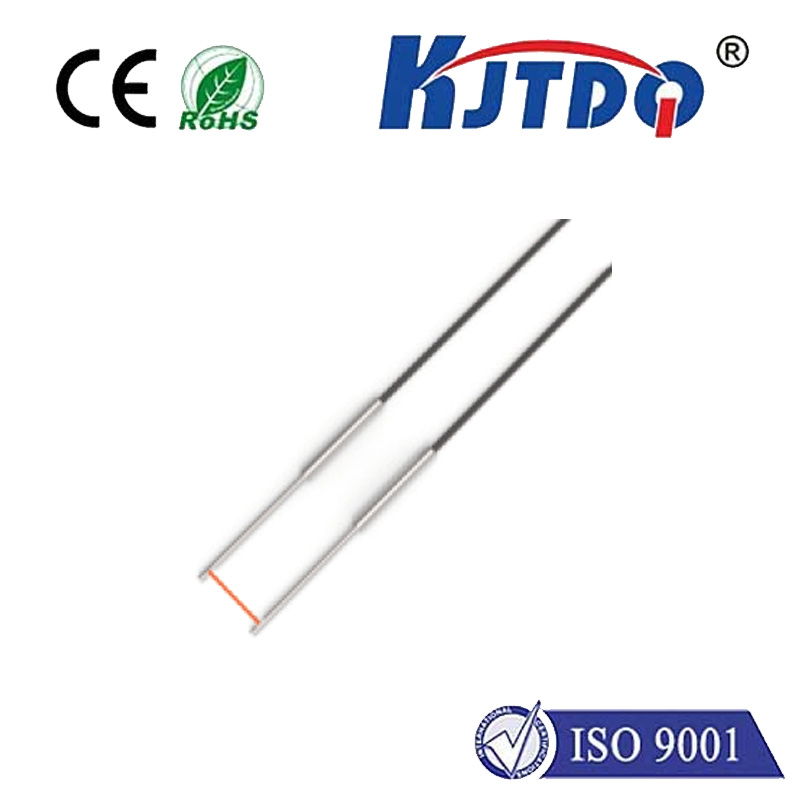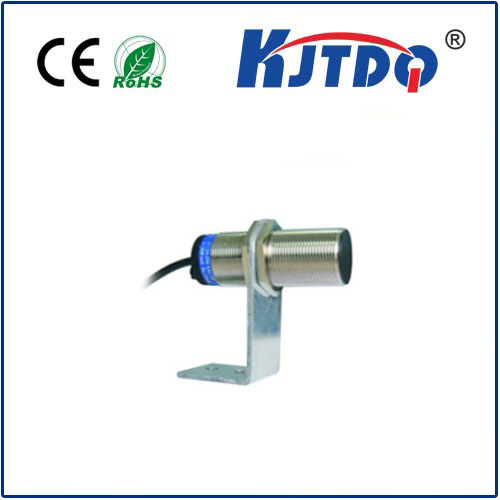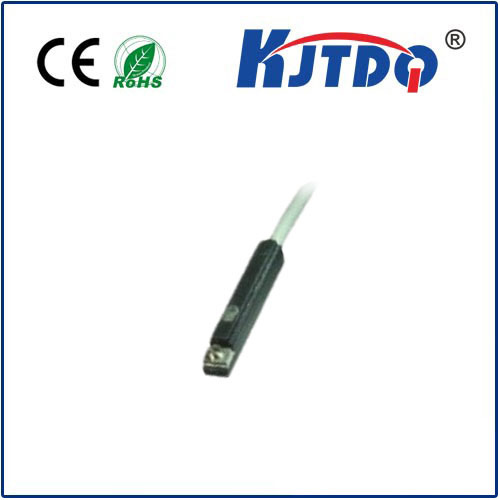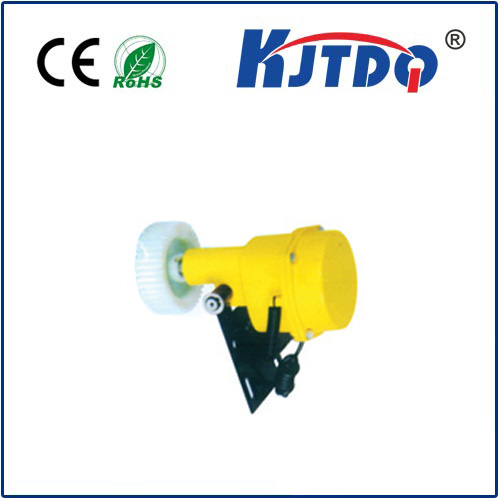

check

check

check

check
The development of 5mm proximity sensor technology has been a game changer in the electronics industry. This tiny sensor, measuring just 5mm in diameter, offers a range of possibilities for a variety of devices and applications that were previously impossible. In this article, we will explore the advancements made in this field, how it revolutionizes the way we interact with our devices and its potential impact on the future.
One of the most significant advantages of 5mm proximity sensors is their ability to detect physical proximity without requiring direct contact. This feature makes them ideal for applications such as touchless controls, where a device can sense when something is close to it, even if it's not physically touching it. For example, in smart home systems, a wall switch can be programmed to turn on or off based on the presence of someone in a certain room, using a 5mm proximity sensor.
These sensors also have high precision and accuracy, allowing them to detect small changes in distance. They can be used in a wide range of industries including automotive, healthcare, retail, and more. In the automotive industry, for instance, 5mm proximity sensors are used to detect when a driver is about to crash into another vehicle or object. In healthcare, they can be used to measure vital signs without making physical contact with the patient.
Another exciting development in this field is the use of 5mm proximity sensors in wearable technology. These sensors can be integrated into fitness trackers, enabling them to monitor vital signs and track physical activity without needing to wear bulky sensors on the body. Additionally, they can be used in augmented reality (AR) headsets to create intuitive hand gestures that control the virtual environment.
In conclusion, 5mm proximity sensor technology has come a long way since its inception and continues to offer innovative solutions to various problems. Its ability to detect physical proximity without direct contact opens up new possibilities for touchless controls and other advanced applications. As technology continues to advance, we can expect to see even more impressive developments in this field.
